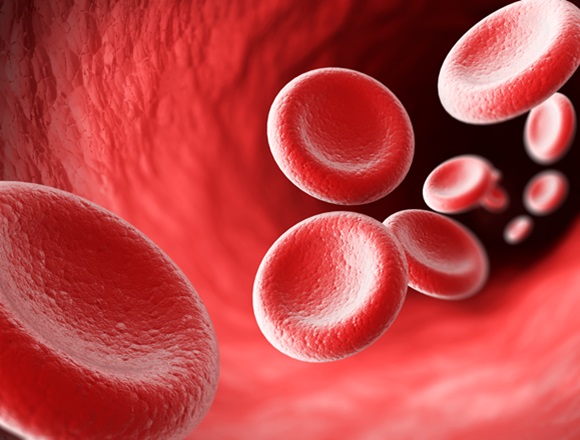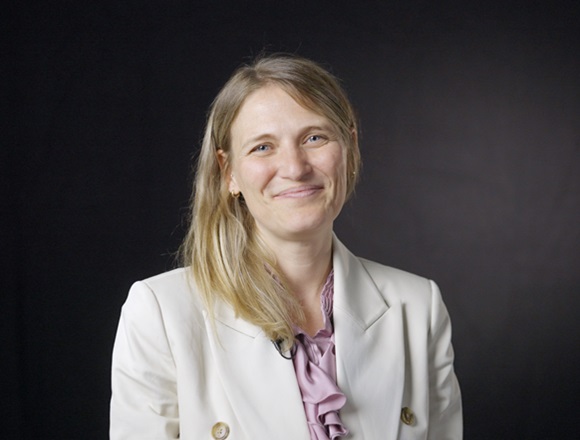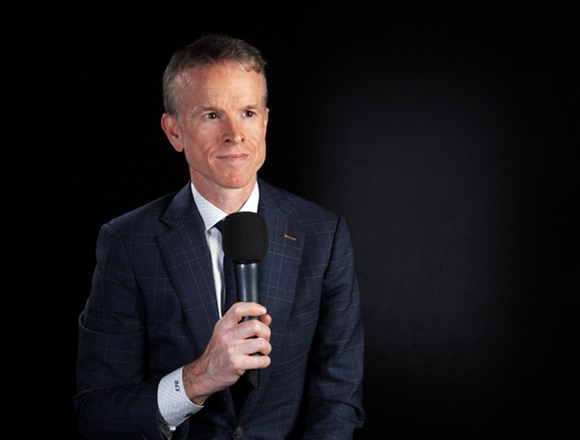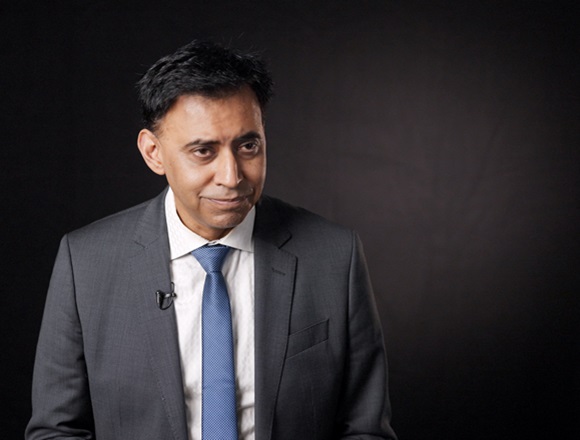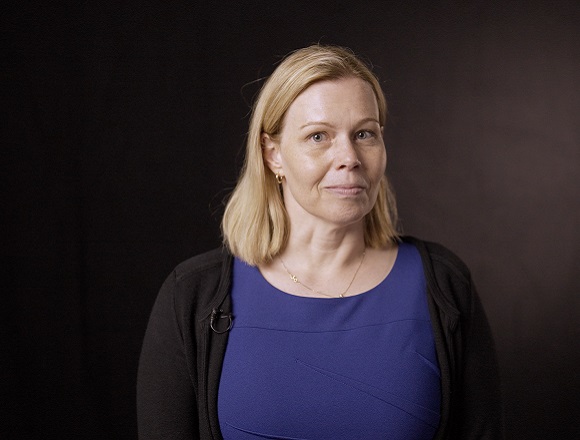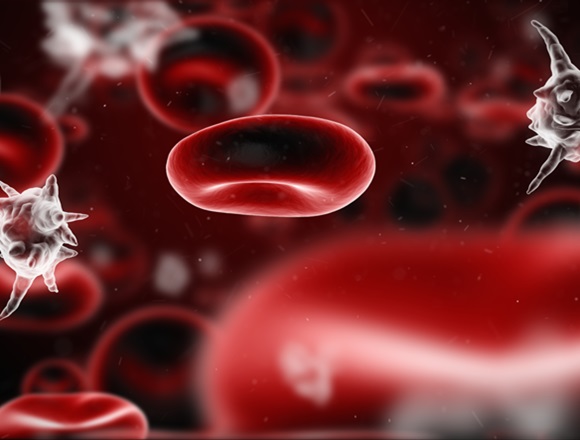Azim Gangji, MD, MSc, is an associate professor of medicine at McMaster University, Canada, and the Vice-President of Education at St. Joseph’s Healthcare Hamilton. He is involved in multiple areas in education as the chair of medical subspecialties programs, prior Program Director of Nephrology, and present AFC Director in Transplantation.
Assuming you have implemented competency-based medical education (CBME) in your institution, please give advice to those trying to organize it de novo in their own institution.
Azim Gangji, MD, MSc: I actually have implemented CBME and first, you are going to have to have a set of competencies that have to be developed, and those are developed by your accreditation body—in Canada it’s the Royal College of Physicians and Surgeons of Canada. Once you have those competencies, it’s up to the program in the university and the hospital to implement it. So, it’s really a triorganizational, in a way, form that you need to have to implement those.
The first, most important thing, I would say, to implement this is focusing on ensuring that you have good administrative support. CBME is much more resource intensive than, for example, the behavioral system that we’re traditionally used to.
The second thing over here is that you have to get learner engagement. The learners need to know that in CBME the focus is on formative assessment and not so much on summative assessment. There is a summative component to it, but the learner has to know that not every time a faculty person gives them feedback it’s a pass or fail, but in fact, they’re trying to coach them along the way and to support the learner in attaining those competencies, and so the learners have to feel comfortable with that.
The other, third part over here, I think, is ensuring that the faculty are engaged, that the faculty not only know about CBME but actually have to change their role from a more of a supervisory role to more of a coaching role, and as to how to support the learner, they have to recognize that the learners will be coming to them much more often and to create that very close learner-safe environment, so that the learners can receive feedback and recognize that it’s not, for example, pass or fail.
The last thing I would say over here that I learned is that change takes time. Adaptation takes several years to happen. You will hit obstacles, so not to get frustrated by that, but recognizing that adaptation and supporting the whole system is most important. And reaching out to other programs, the university, the hospital, recognizing that you’re in a team to implement this and that it’s not a one-person show.
 English
English
 Español
Español
 українська
українська

